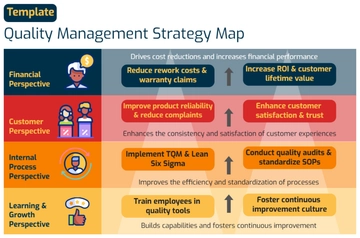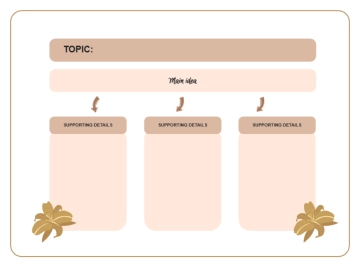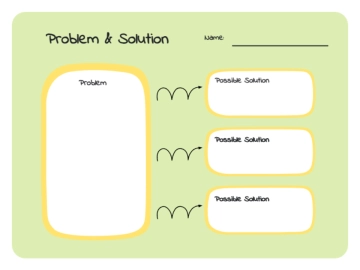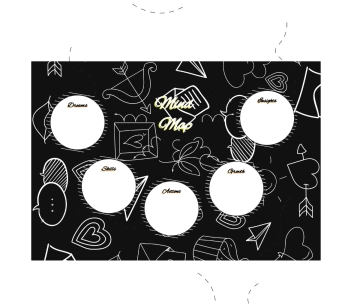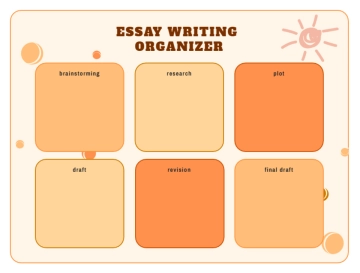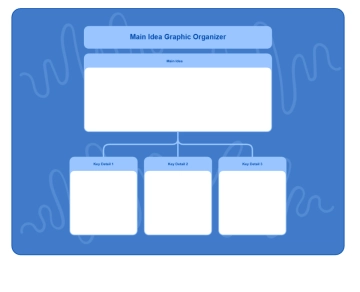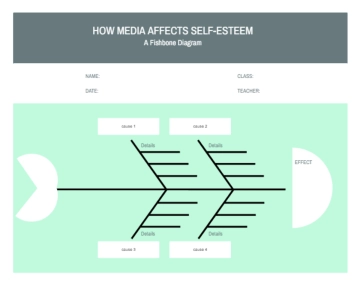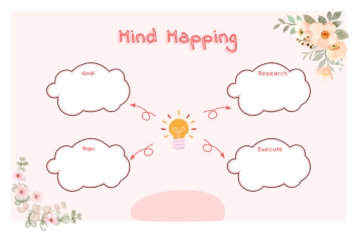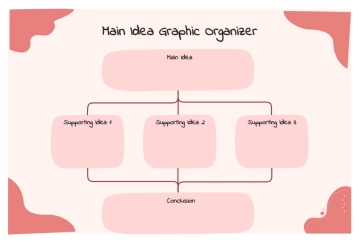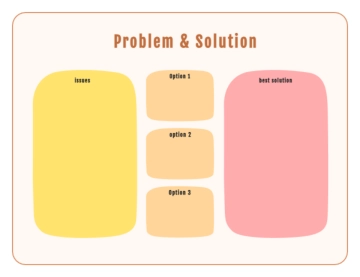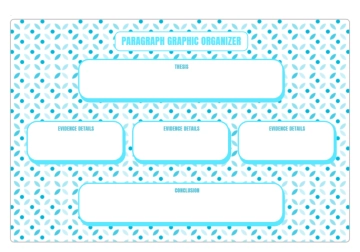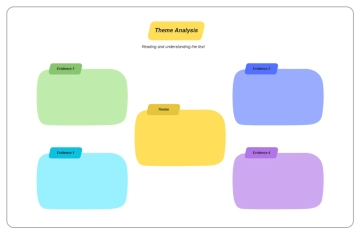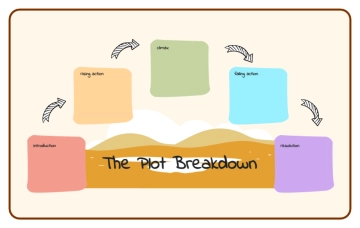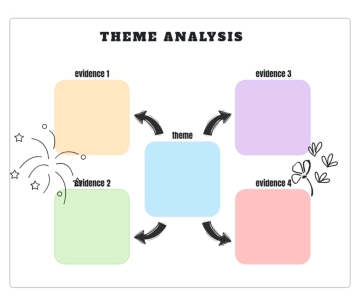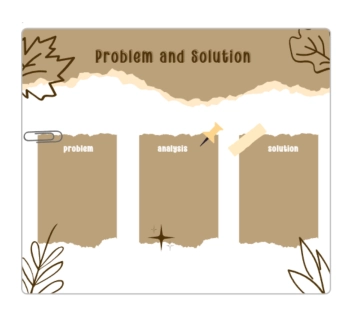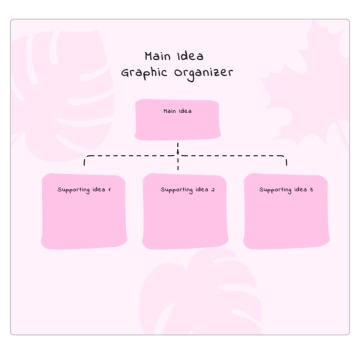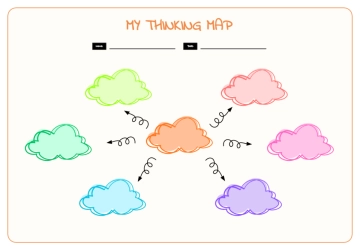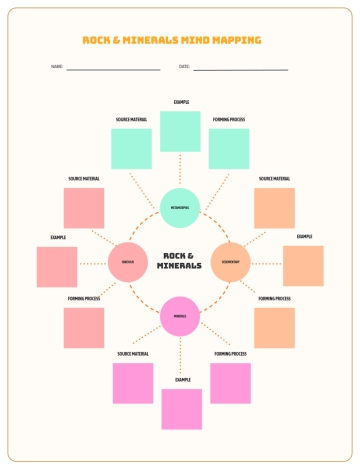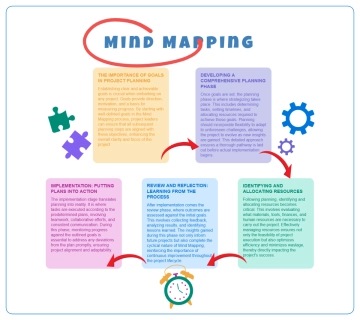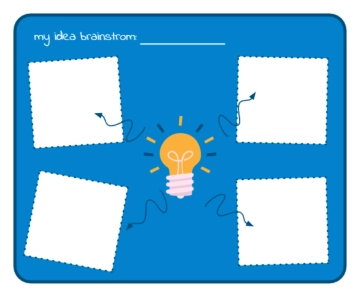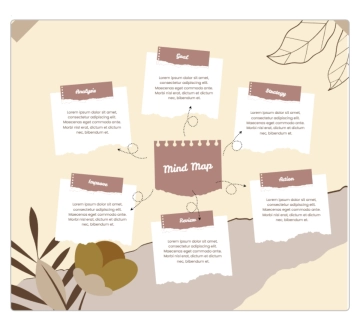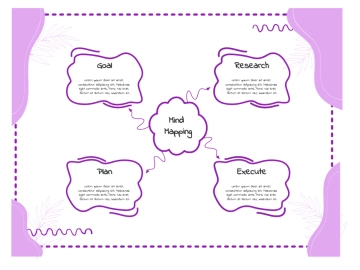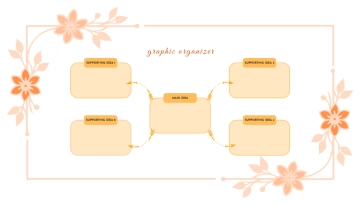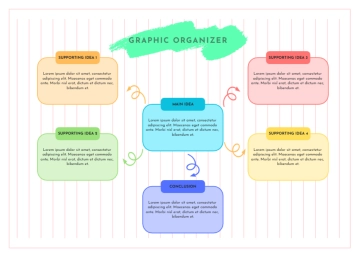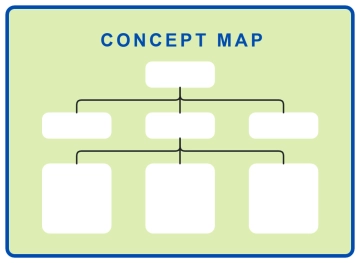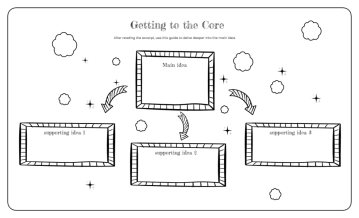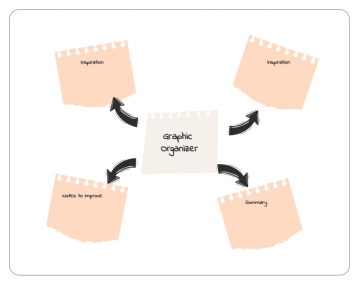Free Strategic SMART Goal Plan
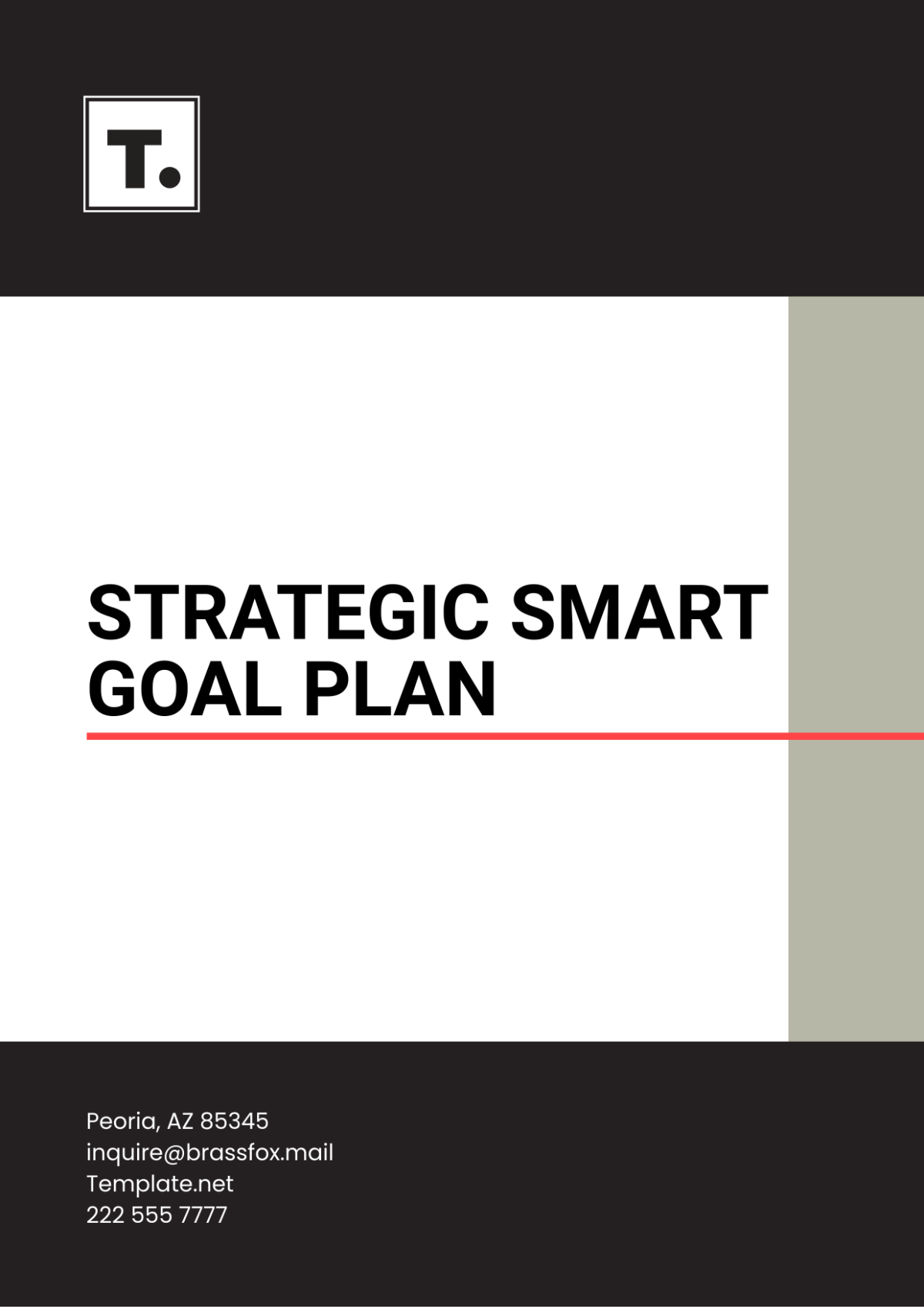
Prepared by: [Your Name]
Company: [Your Company Name]
Date: January 5, 2050
I. Executive Summary
This Strategic SMART Goal Plan provides a comprehensive framework for setting specific, measurable, achievable, relevant, and time-bound (SMART) goals within the organization. By aligning with the organization's long-term strategic objectives, this plan promotes accountability and ensures effective tracking of progress. The document outlines clear objectives aimed at enhancing customer satisfaction, measurable outcomes to assess progress, a detailed action plan, necessary resources, and methods for review and evaluation. This initiative is crucial for fostering stronger customer relationships and driving sustainable growth in an increasingly competitive market.
II. Goal Statement
The primary goal is to improve customer satisfaction by 20% within the next 12 months by implementing a new customer feedback and response system. This initiative aims to empower customers to share their experiences and provide insights that will help shape the company’s service offerings.
A. Specific
Implement a digital feedback system accessible via mobile and web platforms, enabling customers to provide real-time feedback after transactions. This system will feature intuitive design elements to encourage participation and will be integrated into existing transaction processes.
B. Measurable
Achieve a 20% increase in customer satisfaction scores within one year, as measured by quarterly customer satisfaction surveys and analytics derived from the feedback system. Success will also be gauged through a 15% increase in positive feedback comments captured through the system.
C. Achievable
The organization will leverage existing technology infrastructure, such as cloud storage and customer relationship management (CRM) software, along with human resources, including dedicated IT and customer service teams, to deploy and manage the feedback system effectively.
D. Relevant
This goal aligns with the organization's strategic objective to enhance customer relations and loyalty, directly impacting revenue and growth. A robust customer feedback system is critical to understanding customer needs, improving service quality, and fostering long-term loyalty.
E. Time-Bound
The goal is to be achieved within 12 months, with quarterly progress assessments to ensure timely completion. Key milestones will be set to monitor the implementation and effectiveness of the feedback system.
III. Measurable Outcomes
The following outcomes will be used to evaluate the success of the goal:
Installation and implementation of the feedback system by the end of Q1 2050.
Training of frontline staff on system operation and response protocols by the end of Q2 2050, ensuring they are well equipped to assist customers effectively.
The initial increase in response rates was by 10% within the first six months, reflecting improved engagement from customers.
Documentation of a 20% improvement in customer satisfaction scores by year-end 2050, validated through customer surveys and system-generated reports.
IV. Action Plan
The action plan outlines the steps necessary to accomplish the set goal:
Action Steps | Responsible Party | Timeline |
|---|---|---|
Conduct needs assessment and select appropriate feedback system | Project Manager | By the End of Month 1 2050 |
Deploy feedback system | IT Department | End of Q1 2050 |
Conduct staff training | HR Department | End of Q2 2050 |
Monitor feedback and adjust strategies as needed | Customer Service Manager | Ongoing from Q2 2050 |
Review feedback and compile quarterly reports for analysis | Data Analysis Team | Quarterly from Q3 2050 |
Implement customer engagement initiatives based on feedback | Marketing Department | Continuous through 2050 |
V. Resources Required
A. Human Resources
Dedicated Project Manager: Oversee the implementation process and coordinate efforts across departments.
Customer Service Team: Provide frontline support and facilitate customer interactions with the feedback system.
IT Support: Ensure technical infrastructure is in place and assist with system deployment and maintenance.
HR Personnel for Training: Design and deliver training programs for staff on the new feedback system and customer engagement protocols.
B. Financial Resources
Budget Allocation: A projected budget of $50,000 for the system purchase, implementation, maintenance, and staff training programs, ensuring all necessary investments are made to achieve the goal effectively.
Contingency Fund: Allocate an additional 10% of the budget for unexpected expenses or additional resource needs that may arise during implementation.
C. Technological Resources
Software Licenses: Acquire necessary licenses for the feedback system and any supplementary applications required for data analysis.
Hardware Upgrades: Assess current technology infrastructure for compatibility and upgrade hardware as necessary to support system functionality.
Mobile Access Optimization: Ensure that the feedback system is fully optimized for mobile users to facilitate ease of use and encourage higher participation rates.
VI. Review and Evaluation
A. Quarterly Reviews
Performance and progress will be assessed quarterly, with adjustments made to action plans as necessary. Each review will focus on evaluating the effectiveness of the feedback system and its impact on customer satisfaction.
B. Success Metrics
Success will be measured by the achievement of the specified measurable outcomes, including installation timelines, staff training completion, response rates, and the overall 20% increase in customer satisfaction scores.
C. Feedback Loop
Establish a continuous feedback loop from stakeholders, including employees and customers, to ensure the goal remains relevant and achievable over time. Regular check-ins and feedback sessions will help to refine processes and enhance customer engagement strategies.
- 100% Customizable, free editor
- Access 1 Million+ Templates, photo’s & graphics
- Download or share as a template
- Click and replace photos, graphics, text, backgrounds
- Resize, crop, AI write & more
- Access advanced editor
Achieve clarity and focus with our Strategic SMART Goal Plan Template from Template.net. This customizable, editable template empowers you to set Specific, Measurable, Achievable, Relevant, and Time-bound goals tailored to your organization’s needs. Easily modify every detail using our AI Editor Tool, ensuring your goals align perfectly with your strategic vision for success. Start planning effectively today.
You may also like
- Finance Plan
- Construction Plan
- Sales Plan
- Development Plan
- Career Plan
- Budget Plan
- HR Plan
- Education Plan
- Transition Plan
- Work Plan
- Training Plan
- Communication Plan
- Operation Plan
- Health And Safety Plan
- Strategy Plan
- Professional Development Plan
- Advertising Plan
- Risk Management Plan
- Restaurant Plan
- School Plan
- Nursing Home Patient Care Plan
- Nursing Care Plan
- Plan Event
- Startup Plan
- Social Media Plan
- Staffing Plan
- Annual Plan
- Content Plan
- Payment Plan
- Implementation Plan
- Hotel Plan
- Workout Plan
- Accounting Plan
- Campaign Plan
- Essay Plan
- 30 60 90 Day Plan
- Research Plan
- Recruitment Plan
- 90 Day Plan
- Quarterly Plan
- Emergency Plan
- 5 Year Plan
- Gym Plan
- Personal Plan
- IT and Software Plan
- Treatment Plan
- Real Estate Plan
- Law Firm Plan
- Healthcare Plan
- Improvement Plan
- Media Plan
- 5 Year Business Plan
- Learning Plan
- Marketing Campaign Plan
- Travel Agency Plan
- Cleaning Services Plan
- Interior Design Plan
- Performance Plan
- PR Plan
- Birth Plan
- Life Plan
- SEO Plan
- Disaster Recovery Plan
- Continuity Plan
- Launch Plan
- Legal Plan
- Behavior Plan
- Performance Improvement Plan
- Salon Plan
- Security Plan
- Security Management Plan
- Employee Development Plan
- Quality Plan
- Service Improvement Plan
- Growth Plan
- Incident Response Plan
- Basketball Plan
- Emergency Action Plan
- Product Launch Plan
- Spa Plan
- Employee Training Plan
- Data Analysis Plan
- Employee Action Plan
- Territory Plan
- Audit Plan
- Classroom Plan
- Activity Plan
- Parenting Plan
- Care Plan
- Project Execution Plan
- Exercise Plan
- Internship Plan
- Software Development Plan
- Continuous Improvement Plan
- Leave Plan
- 90 Day Sales Plan
- Advertising Agency Plan
- Employee Transition Plan
- Smart Action Plan
- Workplace Safety Plan
- Behavior Change Plan
- Contingency Plan
- Continuity of Operations Plan
- Health Plan
- Quality Control Plan
- Self Plan
- Sports Development Plan
- Change Management Plan
- Ecommerce Plan
- Personal Financial Plan
- Process Improvement Plan
- 30-60-90 Day Sales Plan
- Crisis Management Plan
- Engagement Plan
- Execution Plan
- Pandemic Plan
- Quality Assurance Plan
- Service Continuity Plan
- Agile Project Plan
- Fundraising Plan
- Job Transition Plan
- Asset Maintenance Plan
- Maintenance Plan
- Software Test Plan
- Staff Training and Development Plan
- 3 Year Plan
- Brand Activation Plan
- Release Plan
- Resource Plan
- Risk Mitigation Plan
- Teacher Plan
- 30 60 90 Day Plan for New Manager
- Food Safety Plan
- Food Truck Plan
- Hiring Plan
- Quality Management Plan
- Wellness Plan
- Behavior Intervention Plan
- Bonus Plan
- Investment Plan
- Maternity Leave Plan
- Pandemic Response Plan
- Succession Planning
- Coaching Plan
- Configuration Management Plan
- Remote Work Plan
- Self Care Plan
- Teaching Plan
- 100-Day Plan
- HACCP Plan
- Student Plan
- Sustainability Plan
- 30 60 90 Day Plan for Interview
- Access Plan
- Site Specific Safety Plan
